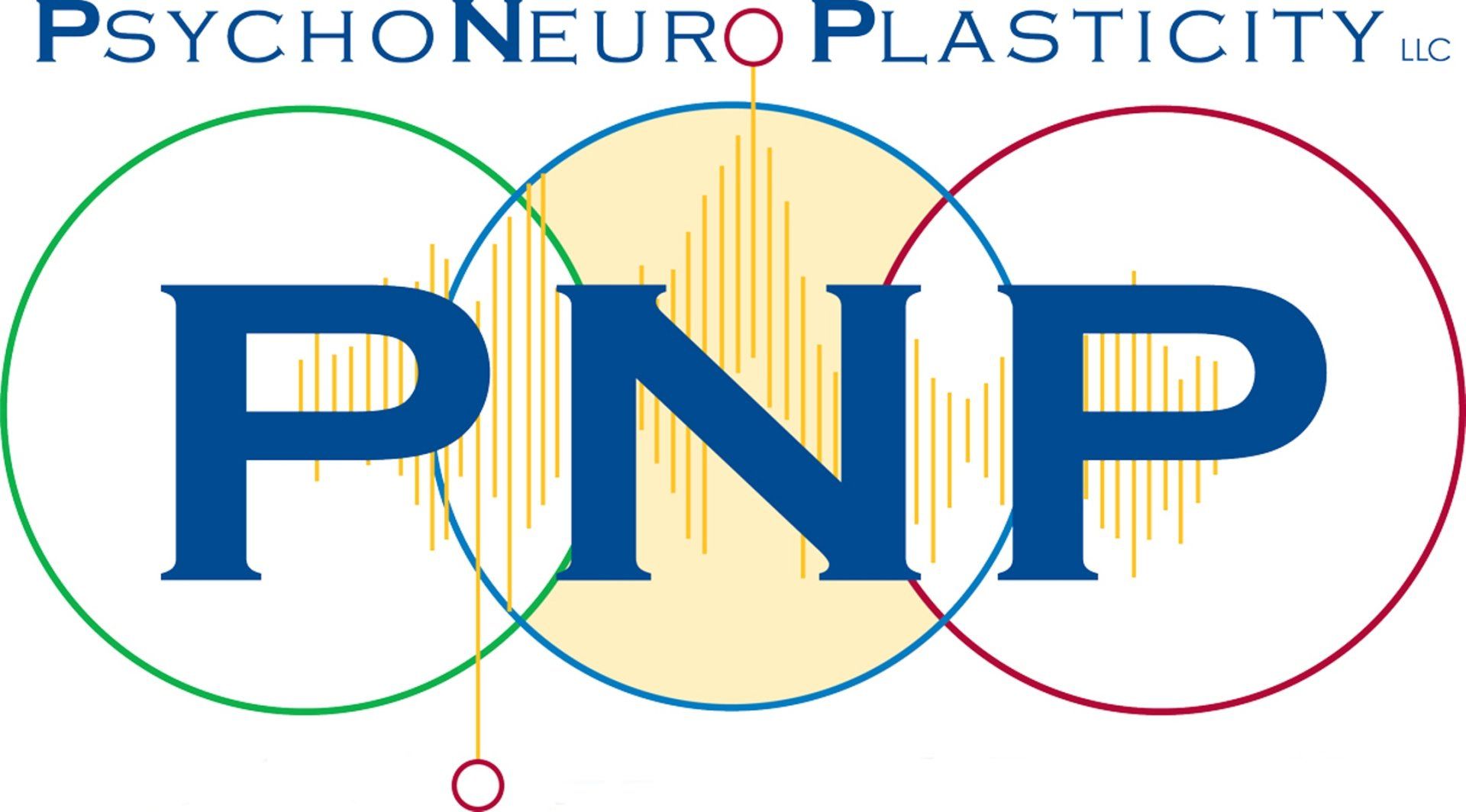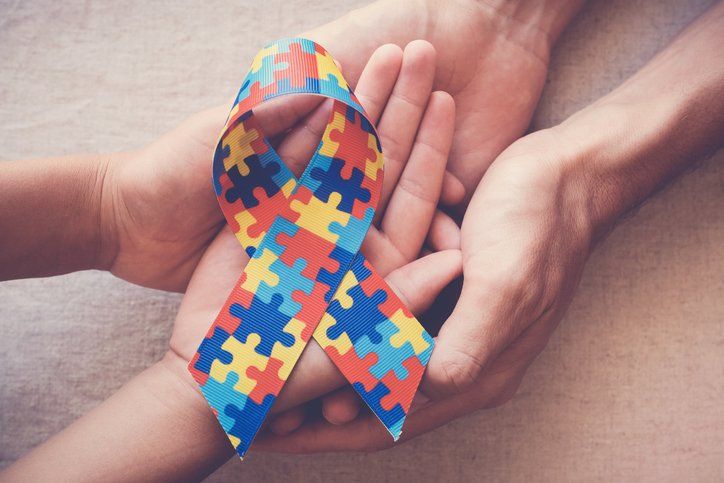Autism Across The Age Span
- Step One
First, set of assessments that offers scientific foundation for defining strengths and challenges relative to Autism is the first place to start. This step is important to provide a baseline for accountability and to determine what specific methods of treatment will be effective.
These include, but not exclusive to the following:
Brain mapping, using sophisticated EEG for digital analysis, provides the basis for neurological assessment. Finding the neurological functions strengths and challenges provides the basis for understanding the conscious experience of the child and helps specify what barriers need to be crossed.
Sensory Competencies are critical to a child in orientation to his/her world. Often a child on the Autism Spectrum is easily overwhelmed in new, novel, or overstimulating events, circumstances, or places due to imbalances in sensory processing of information. For instance, 70 percent of information processing is primarily through one's visual sense; and when this is out-of-balance information presented visually can be very anxiety producing. Well founded that sensory integration is consistent with Autistic behavior, this particular set of issues have to be defined early.
Brain Toxicities have been a highly controversial topic with Autism. The American Psychological Association has supported the devastating impact on brain function of heavy metals and other elements. Therefore, the PNP Center considers these assessments as important, especially if the existences of such elements do exist in the fatty tissues of the brain.
Identifying Nutrition Imbalances and Food Sensitivities can be especially helpful in brain healing or can actually serve to harm the brain and neurocognitive processing. The metabolism process is especially critical to brain development and should be a source of assessment.
Craniosacral Evaluation can be a very powerful tool in Autism because of the structure in which the brain and spine reside. The literature supports the need to consider the possibility for adjustment therapy to be helpful, although not a source for the development of the disorder itself.
- Step Two
Next, although not necessarily scheduled as a second order, is the critical understanding of the way the child responds to the challenges of Autism. A general term for this array of adjustment has been termed:
“Psychological Reactions and Adjustment” can include the following:
Stress is probably the greatest hurdle for an Autistic child. He/she is often in pain or overwhelm from the stimulation of the interactions going on around him and his/her over -sensitive or discordant senses. The child with Autism cannot often understand what is being asked of him and can be disoriented in space. His/her “tantrums” are more from fear than attempts of manipulation or gaining control. He/she is usually frightened and crying for help. What we have to do is find ways to calm him/her and ways for him/her to calm him/herself.
Sensory Integration has been discussed above for vision, but it can also pertain to auditory, taste, vestibular, and tactile senses as well. The assessment will relate to the nature of sensory integration problems and will call for treatment modalities around these needs.
Talent and Personality are important for a variety of reasons. First, no two people are alike and each Autistic child has his/her own personality traits to use. Second, a child needs to learn from his strengths and talents, not from his limitations. Finding those strengths and motivations to work with are critical in the overall plan for development.
Intellectual Functioning and Learning Styles and can be especially different for Autistic children. Autism spans the intellectual continuum. The learning process must match with the style; otherwise, motivation is lost and tension builds.
Also, family dynamics and the nature of engagement among the other family members needs assessment. Developing the child with Autism is best dealt with as a team unit. Complicating this effort for many Autistic people is the lack of interpersonal understanding of subtle communication. Interactions in the family can be altered and often strained. This area of assessment will reveal what the most effective communication styles:
- Social skills training
- Empathy training
- Nature of reinforcement
- Structure of communication system
- Basic awareness of effective styles
Treatment Modalities
- Stress management training
- Neurotherapy
- Biofeedback
- Sonic stimulation
- Sensory integration therapy
- Visual integration therapy
- Nutritional balancing and planning
- Metabolic rebalancing
- Detoxification from heavy metals
- Identification of food sensitivities
- Family training in communication
- Social skills training
- Empathy training
- Desensitization training
- Hyperbaric chamber (home treatment model)
- Physical exercise
- Music therapy
- Craniosacral therapy
- Counseling
- Educational consultation


